Like any other household appliance, even your dryer can develop a malfunction without advanced warning. 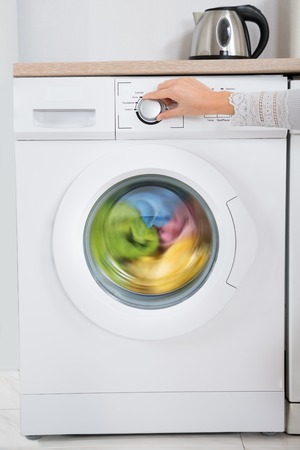 One of the problems that you are likely to face with this home appliance is the machine not turning on. Diagnosing this problem is usually more difficult than fixing the problem. The machine has several components that can fail, which can cut the power supply to the heating element, the motor, or both. This failure may be due to wear, age, or improper use of the machine. Some of the problems can be addressed without getting professional help, for others, you may have to use the services of a dryer service technician. Here are some tips to help you solve the problem:
One of the problems that you are likely to face with this home appliance is the machine not turning on. Diagnosing this problem is usually more difficult than fixing the problem. The machine has several components that can fail, which can cut the power supply to the heating element, the motor, or both. This failure may be due to wear, age, or improper use of the machine. Some of the problems can be addressed without getting professional help, for others, you may have to use the services of a dryer service technician. Here are some tips to help you solve the problem:
Check Power Supply
Your electric or gas dryer must be plugged into the electric socket and the breaker that controls the socket must not trip. If you use a gas dryer and you have plugged the machine into a 120-volt ground fault-interrupting socket, the socket itself may have tripped. You can reset the socket by pressing the reset button. If you are using a circuit that is shared by other house appliances, then a problem in one of the appliances can trip the common circuit, which can cut the power supply to the dryer.
Start and Door Switch
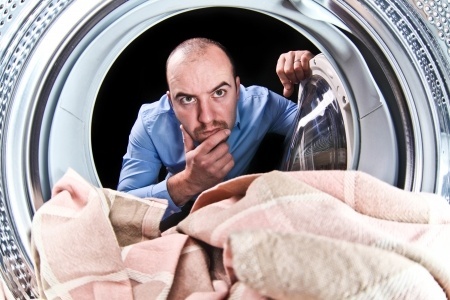 A problem with the start or door switch can prevent the machine from starting. The door should make a click sound when closed, if it does not, it is an indication that there is a problem with the switch. You can check the condition of switch using a multi-meter. To gain access to the starter switch, you must lift the control panel cover. To do this, you must remove the screws that fix the cover to the machine. The door switch is usually mounted on the machine housing and you can access it without removing the control panel cover. If your switch is faulty, you must replace it immediately.
A problem with the start or door switch can prevent the machine from starting. The door should make a click sound when closed, if it does not, it is an indication that there is a problem with the switch. You can check the condition of switch using a multi-meter. To gain access to the starter switch, you must lift the control panel cover. To do this, you must remove the screws that fix the cover to the machine. The door switch is usually mounted on the machine housing and you can access it without removing the control panel cover. If your switch is faulty, you must replace it immediately.
Thermal Fuse
Most modern dryers have a thermal fuse, which is mounted on the heating chamber. When this switch blows off, it can disrupt the main power supply. This switch usually blows when the temperature inside the machine is too high. To gain access to the fuse, you must remove the back panel or cover. You can check the continuity of the fuse using a multi-meter. If it is blown, you can replace it easily. Once you replace the fuse, find out why the machine is getting overheated. If you don’t identify the cause, the machine will get heated and the fuse will blow once again. Some of the common causes of machine overheating include fan not working, blocked vents, or the dryer has limited space around it.
Other Common Problems
If you hear a humming sound when the machine starts, it could be due to a faulty drive motor or broken drive belt. In some models, the machine will not start if the drive belt is broken, while in others, the machine will start but the tumbler will not turn. Replacing the problem part should solve the problem. If these steps don’t help, it is best to call a professional to repair the machine. Calling a fridge repairman, a microwave technician, a washer technician, or an oven repair technician, who also offers dryer repair service, may not help. It is in your interest to call a professional who is a specialist in the field.
Locations We Also Serve In These Popular Cities:
Kansas City, Tacoma, Billings, Salt Lake City, Little Rock, Columbus, Portland, dryer repair Atlanta, Oklahoma City, Tallahassee, Omaha, Colorado Springs, Baltimore, New York City dryer repair, Orlando, Silver Spring, Indianapolis, Philadelphia dryer service, Virginia Beach, Milwaukee, Pittsburgh, Providence, Henderson, Lakewood, Fort Worth, Raleigh, Tucson, Aurora, dryer service Phoenix, San Francisco washer & dryer repair, Los Angeles washer and dryer repair, Albuquerque, washer & dryer service San Diego, Detroit, Seattle, Eugene, San Antonio, Columbia, San Jose washer & dryer service, Birmingham, Dallas, Provo, Minneapolis, New Haven washing machine repair, Houston, Jacksonville laundry dryer repair, Tampa, St. Louis, Boston, Charlotte laundry washing machine repair, Charleston clothes dryer repair, Allentown, Everett, Olympia, laundry dryer repair Sacramento, Denver, clothes dryer service Las Vegas, Middletown laundry dryer service, Miami, Richmond, Jackson, Chicago, Nashville, Baton Rouge, Newark, Reno City, Cleveland, Manchester, Austin, Louisville, Portland, Bowie
The post How To Fix A Clothes Dryer That Won’t Turn On appeared first on OnSite Appliance
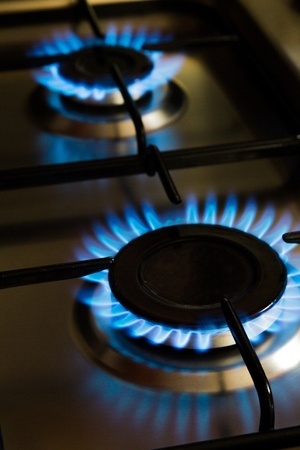
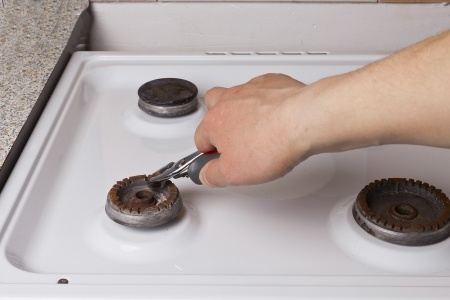 Therefore, it is important to check the power to the circuit when the igniter does not glow. This involves live voltage checks and it must be performed by qualified technicians. If there is no disruption of power supply to the circuit, you must check the condition of the circuit using a multi-meter. In case, the igniter is glowing, but the burner is still not lighting, it means that the igniter is weak and it is not able to draw enough power to open the valve. To do this check; you will need an amp meter. Also, this check must be done by a qualified technician. If the igniter is weak or damaged, it must be replaced immediately.
Therefore, it is important to check the power to the circuit when the igniter does not glow. This involves live voltage checks and it must be performed by qualified technicians. If there is no disruption of power supply to the circuit, you must check the condition of the circuit using a multi-meter. In case, the igniter is glowing, but the burner is still not lighting, it means that the igniter is weak and it is not able to draw enough power to open the valve. To do this check; you will need an amp meter. Also, this check must be done by a qualified technician. If the igniter is weak or damaged, it must be replaced immediately.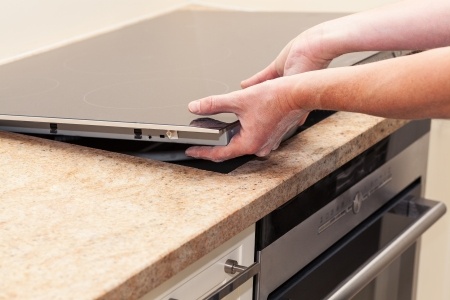 Electronic Controls
Electronic Controls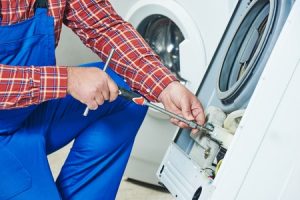 Washing machines have now become an integral part of our household. It is used to wash dirty clothes, especially those that are stained by kids. However, life becomes challenging and miserable when the washing machine is noisy or stops working. If the machine you have in your house is making strange noises, you could get help from washing machine repairman. Alternately, you could try to repair or service it without getting professional help. If you are planning to fix a machine that is noisy, here are a few parts that are likely to cause this problem.
Washing machines have now become an integral part of our household. It is used to wash dirty clothes, especially those that are stained by kids. However, life becomes challenging and miserable when the washing machine is noisy or stops working. If the machine you have in your house is making strange noises, you could get help from washing machine repairman. Alternately, you could try to repair or service it without getting professional help. If you are planning to fix a machine that is noisy, here are a few parts that are likely to cause this problem.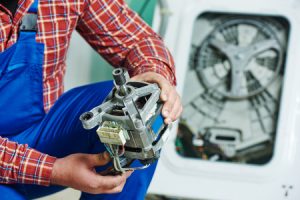 Drive Motor Coupling
Drive Motor Coupling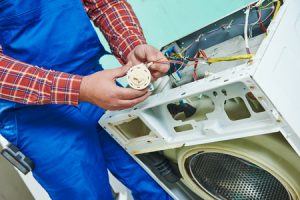 If you use a belt driven machine, the pulley supports the drive and the pump belt. The pulley can accumulate a build-up of rubber compounds, grease, or dirt which can cause a thumping or squealing sound when the machine operates. If you hear these sounds when the engine is spinning, draining, or agitating, you must check the condition of the pulley. Make sure the pulley is smooth and clean and there are no signs of distortion.
If you use a belt driven machine, the pulley supports the drive and the pump belt. The pulley can accumulate a build-up of rubber compounds, grease, or dirt which can cause a thumping or squealing sound when the machine operates. If you hear these sounds when the engine is spinning, draining, or agitating, you must check the condition of the pulley. Make sure the pulley is smooth and clean and there are no signs of distortion. Electric Supply
Electric Supply
 Cap, Coupler, & Bolt
Cap, Coupler, & Bolt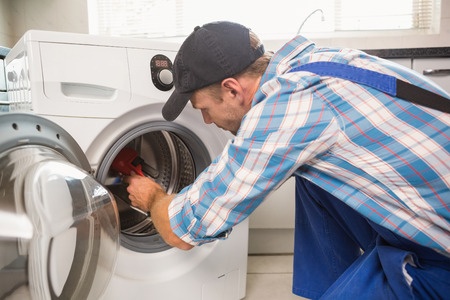
 One of the appliances that can affect your daily routine is a broken freezer. Here are some steps you can take to troubleshoot the problem with your freezer.
One of the appliances that can affect your daily routine is a broken freezer. Here are some steps you can take to troubleshoot the problem with your freezer. Cooking appliances such as ovens, ranges, and microwaves are the heart and soul of the kitchen. These machines are critical for cooking, and our home is incomplete without these appliances. For this reason, it is important to have devices that operate efficiently and appropriately. Repairing an oven, stove, or range that is not working properly is not difficult if you know which part to repair or replace. Identifying the problem part and replacing it will require right tools and specialized knowledge. If you are repairing the kitchen appliance for the first time, it is best to get help from a professional. Some of the parts that are likely to affect the normal functions of these household appliances are:
Cooking appliances such as ovens, ranges, and microwaves are the heart and soul of the kitchen. These machines are critical for cooking, and our home is incomplete without these appliances. For this reason, it is important to have devices that operate efficiently and appropriately. Repairing an oven, stove, or range that is not working properly is not difficult if you know which part to repair or replace. Identifying the problem part and replacing it will require right tools and specialized knowledge. If you are repairing the kitchen appliance for the first time, it is best to get help from a professional. Some of the parts that are likely to affect the normal functions of these household appliances are: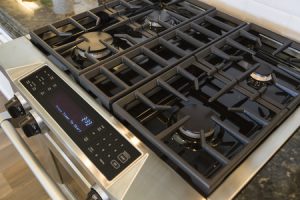 Bake Element
Bake Element Electronic Control Board
Electronic Control Board